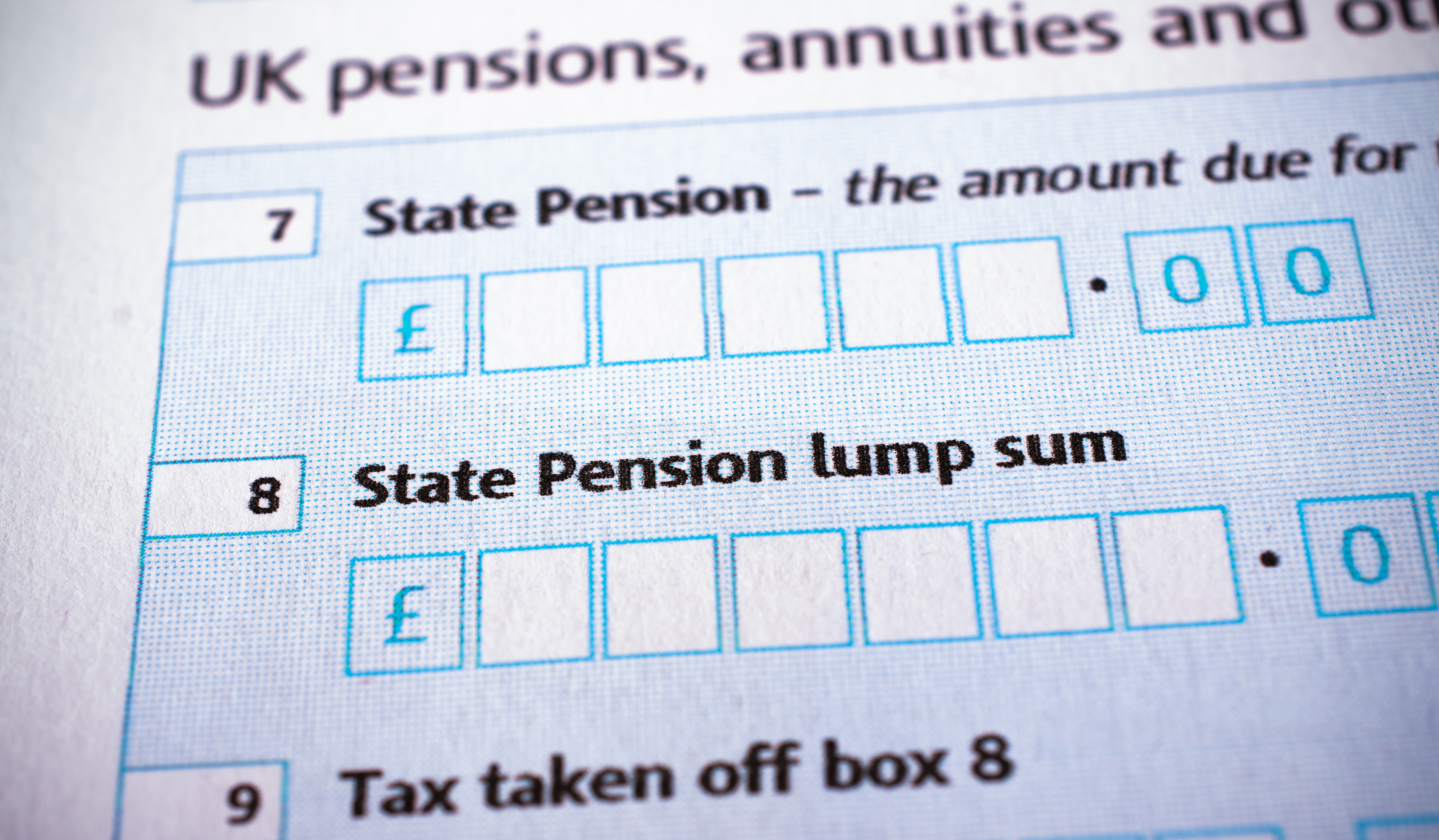By clicking a retailer link you consent to third-party cookies that track your onward journey. This enables W? to receive an affiliate commission if you make a purchase, which supports our mission to be the UK's consumer champion.
Revealed: the £29,000 state pension gender pay gap

Men are getting a better state pension deal than women to the tune of almost £29,000 over the course of a typical 20-year retirement, according to research by Which?.
The consumer champion analysed the latest Department for Work & Pensions (DWP) data and found significant disparities persist - with the average man receiving £153.86 a week and the average woman receiving £125.98 a week.
The research did reveal that the situation has improved slightly, however. In August 2017, the average payment received by women represented 81.9% of that received by men, up from 79.7% in August 2015 and 77.7% in August 2013.
And the DWP toldWhich? the new state pension is already further reducing the gender gap.
A spokesperson said: 'Around 650,000 women reaching state pension age in the first 10 years will receive an average of £8 per week more (in 2015-16 earnings terms), due to the new state pension valuation of their National Insurance record.'
A version of this story first appeared in the May edition of Which? Money magazine. Sign up today.
How many people are collecting the state pension?
There are 12.9 million people currently getting the state pension - that's around a quarter of the adult population - and how much people receive is strongly influenced by which group they fall into.
The main group of state pensioners is the 8.4 million people who receive basic and additional pension based solely on their own National Insurance (NI) contributions.
The chart below how many people from each gender are getting different types of state pension.
How much are they getting?
This group is 59% male and 41% female, with an average weekly payout of £142.22. In many cases, women in this group will have a lower pension because they may have taken a break from their career to have children.
Another category is those who have inherited basic and additional pension from a deceased spouse.
Within this group are survivors with no entitlement based on a history of making regular NI contributions themselves - getting £145.12 a week on average.
A further group are able to top-up their own pensions using their deceased spouse's NI contributions - receiving £174.10 a week.
These two categories include 99.7% and 84% women, respectively - amounting to 2.4 million people overall.
The final groups include people with either no entitlement themselves, receiving an average of £62.97 a week, or who have a top-up on their own pension, getting £76.88 a week, both based on a living spouse's National Insurance record.
These groups comprise 1.4 million retirees and are again almost exclusively women.
Are you better off under the new state pension?
Which? also identified that those collecting the state pension under the old system (which existed until April 2016) could be worse off compared with new recipients.
Those who have qualified since the new system was introduced receive an average of £150.35 per week, compared with £137.81 under the old one.
This works out at a difference of £12.54 every week and adds up to £13,041 over a 20-year retirement.
The DWP has indicated that it is too early to draw a comparison, but our analysis was based on 546,000 new state pensioners. Those covered under the last few years of the old system could be forgiven for feeling a little aggrieved.
Just one in five recipients of the new state pension are women. The DWP told Which? this was because 'here is not an even spread of people reaching state pension age each month.
'The way that the equalisation of men's and women's State Pension age has been phased has affected the dates when people reach their state pension age. Since April 2010, women's state pension age has been gradually increasing to bring it into line with men's.'
Pain for overseas pensioners
Another group with cause for complaint are some of the 1.2 million retirees living overseas as there is a huge variation in how much they'll be getting - and it's dictated by the country they've ended up in and whether there is an annual index-linked rise.
Expatriates living in some of the most popular destinations - Australia (239,692 UK pensioners), Canada (142,764) and New Zealand (65,742) - collect a 'frozen' weekly pension averaging £44.78, £41 and £42.47, respectively.
Moving to a country in the European Economic Area, or one with a social security agreement with the UK, will mean your pension goes up each year.
The 108,049 ex-pats who've decamped to Spain receive an average of £107.76, while 66,831 retirees in France get £104.39 each week.
Curiously, the 10 UK nationals who've settled in the Republic of Azerbaijan receive a particularly generous average weekly payment of £127.01.
The Which? verdict on the state pension
Harry Rose, Which? Money editor, said: 'Our evidence shows how variable people's state pension payments still are. Many pensioners will be shocked by the differences in average payouts to men and women and those qualifying under the old and new systems.
'Some pay gaps will close eventually, but not soon enough for some. There are steps people can take to put themselves in a stronger position, for instance by planning their retirement budgets in advance and taking advantage of the forthcoming pensions dashboard.'
But the DWP must also play its part by ensuring it provides accurate forecasts that are easily accessible.'
For those looking to get a state pension forecast or an overview of their options more broadly - the Pension Service, Future Pension Centre, Pension Wise service, or Pensions Advisory Service.
